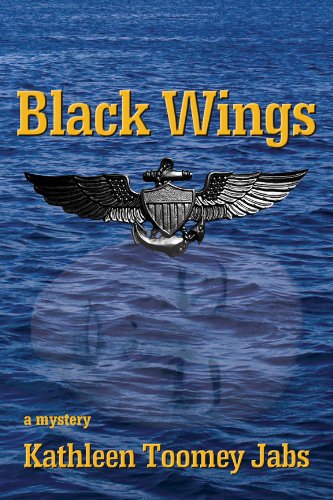MWSA Review
In every war there exists a behind the scenes force that is for the most part invisible to the public. There are no movies made of this subculture of warriors who quietly train and serve alongside host country forces, but their contribution is enormous, dangerous, and crucial to the hoped for success of the strategic mission. During the Vietnam War Americans served by the thousands in the Military Assistance Command (MACV), advising, and leading the South Vietnamese army. U.S. forces slogged through the jungles and mountains, with American men, in American units, while MACV soldiers did the same thing imbedded with South Vietnamese forces. The stress, and uncertainty of such combat duty was measurably more mentally and emotionally demanding, being in harm’s way with an alien culture whose motives were frequently suspect.
Such has been the duty of American advisers once again in Afghanistan, and Iraq. Appropriately named "The Gray Area", this spooky part of the war where religious fanaticism is capable of turning who you thought were your friends against you in a heartbeat, is a vital element in the chemistry of success in both theaters. The author does a masterful job of illuminating the challenges, and dangers of such duty via his own service performing this critical job. His challenges, frustrations, and affection for his charges are illuminated in his graphic, deadly, and sometimes humorous reflections on the demands placed upon our shadow warriors who face the daily challenges of impacting and directing a culture to a desired end that may or may not be achievable.
Reviewed by: Bob Flournoy (2012)
Author's Synopsis
In the Gray Area builds on Seth Folsom s earlier award-winning memoir, The Highway War. In February 2008 Major Folsom was deployed again to Iraq as the leader of a U.S. Marine advisor team embedded with an Iraqi army infantry battalion. The realities of the Marines mission is frankly addressed by Folsom in this new work as he reflects on challenges they and their Iraqi counterparts faced in their struggle to gain control of al-Anbar province. He explores the bonds he formed with his men, the Outlanders, and the tenuous relationships forged between the American and Iraqi soldiers whose cultures were so vastly different. The author creates a compelling picture of the obstacles faced by both as they lived, ate, and fought side-by-side.




















